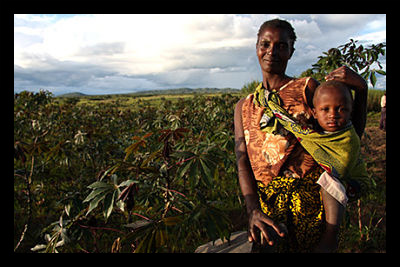Banks and similar “formal financial services” are common means of protecting and investing money in the developed world, but they are scarce in developing nations. Financial security in Malawi, however, is becoming a more prevalent phenomenon.
Having access to formal financial services is important, especially in impoverished communities; it gives people a reliable means of saving that protects them from economic fluctuation. The ability to amass funds over time is crucial to establishing a stable financial future, and gives farmers and entrepreneurs alike a source of funding for new ventures.
Interventions orchestrated by the American nonprofit, Innovations for Poverty Action, show that when farmers in Malawi were given access to savings services, not only did their yields increase in the fields, but also their families had the capital to spend on necessary healthcare and adequate food provisions. Savings accounts accessible to even just one person managed to positively affect entire families.
Farmers are especially in need of formal financial services, as they often earn large sums of money in semiannual increments based on the harvest season, and have no place to store money during the lean periods between harvests. Formally storing money allows farmers to prioritize long-term investments rather than short-term spending and family borrowing, which are common in poor communities.
Banking is highly correlated with education in countries worldwide, suggesting that, like education, it could be a means to escaping poverty. It makes sense, considering that banks provide an easy way to manage income. Humanitarian organizations in the poverty-elimination business would be wise to turn to banking as a means of sustainable development. Savings accounts have already been successful in Malawi, and are sure to be as successful elsewhere in the developing world.
– Elise L. Riley
Sources: Innovations for Poverty Action, The Gates Foundation, The Economist
Photo: World Agroforestry

